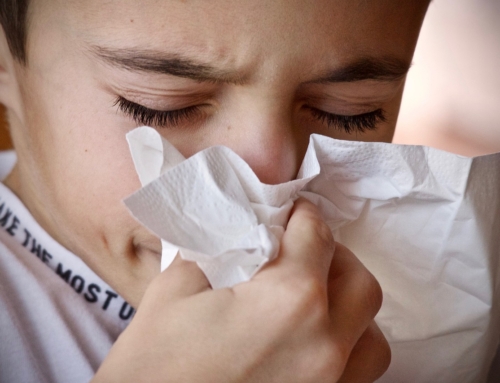
The Importance of Indoor Air Quality for Health
Date: November 12, 2023
Author: Rachel Anderson
As women, we often take on the responsibility of creating a safe and healthy environment for our families. One crucial aspect of home health that is sometimes overlooked is indoor air quality. The air we breathe indoors can have a significant impact on our health and well-being, yet many of us are unaware of the potential hazards lurking in our homes. In this article, we’ll explore the importance of indoor air quality for health and provide actionable tips for improving air quality in your home, drawing on authoritative sources such as FEMA, the Environmental Protection Agency (EPA), and other trusted authorities.
- Understanding Indoor Air Quality: Indoor air quality refers to the cleanliness and purity of the air inside our homes. Poor indoor air quality can lead to a range of health problems, including respiratory issues, allergies, and even more serious conditions such as asthma and lung cancer. Common indoor air pollutants include dust, pet dander, mold spores, volatile organic compounds (VOCs), and tobacco smoke.
- Health Effects of Poor Indoor Air Quality: Exposure to indoor air pollutants can exacerbate existing health conditions and contribute to the development of new ones. Children, the elderly, and individuals with pre-existing respiratory conditions are particularly vulnerable to the effects of poor indoor air quality. Symptoms of exposure may include coughing, wheezing, shortness of breath, headaches, fatigue, and irritation of the eyes, nose, and throat.
- Sources of Indoor Air Pollution: Indoor air pollutants can originate from a variety of sources, including household cleaning products, pesticides, building materials, furniture, carpets, cooking emissions, and tobacco smoke. Additionally, inadequate ventilation can trap pollutants indoors, allowing them to accumulate to unhealthy levels over time.
- Strategies for Improving Indoor Air Quality: Fortunately, there are several steps you can take to improve indoor air quality and create a healthier living environment for your family:
– Maintain a Clean Home: Regular cleaning can help reduce the buildup of dust, pet dander, and other allergens. Vacuum carpets and upholstery frequently, dust surfaces with a damp cloth, and mop hard floors regularly.
– Control Moisture Levels: Excess moisture can promote mold growth, which can release spores into the air and trigger respiratory problems. Use exhaust fans in bathrooms and kitchens, fix leaks promptly, and consider using a dehumidifier if humidity levels are consistently high.
– Ventilate Properly: Proper ventilation is essential for removing indoor air pollutants and bringing fresh air into your home. Open windows and doors whenever possible to allow for natural ventilation, and use exhaust fans to remove pollutants from areas prone to moisture and odors.
– Use Air Purifiers: Air purifiers can help remove airborne particles and improve indoor air quality. Look for models equipped with HEPA filters, which are highly effective at capturing microscopic pollutants such as dust, pollen, and mold spores.
– Avoid Smoking Indoors: Tobacco smoke contains thousands of harmful chemicals that can linger in the air and pose serious health risks to occupants, even long after the smoke has cleared. Establish a smoke-free policy indoors and encourage smokers to smoke outside.
- Conclusion: As women and key decision-makers in our households, it is our responsibility to prioritize the health and well-being of our families. By understanding the importance of indoor air quality and taking proactive steps to improve it, we can create a safer and healthier home environment for ourselves and our loved ones. Let’s commit to making indoor air quality a priority and take action to ensure that our homes are places of refuge and wellness.






